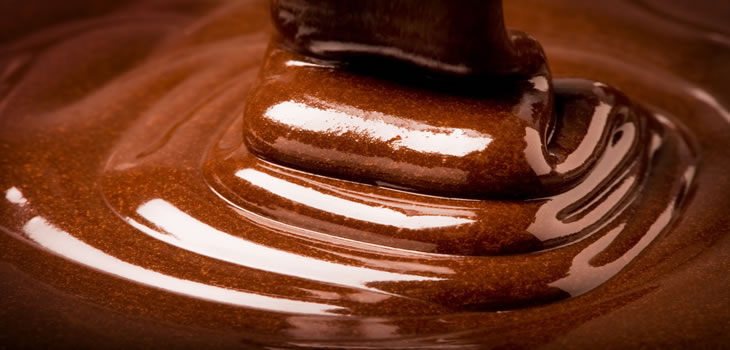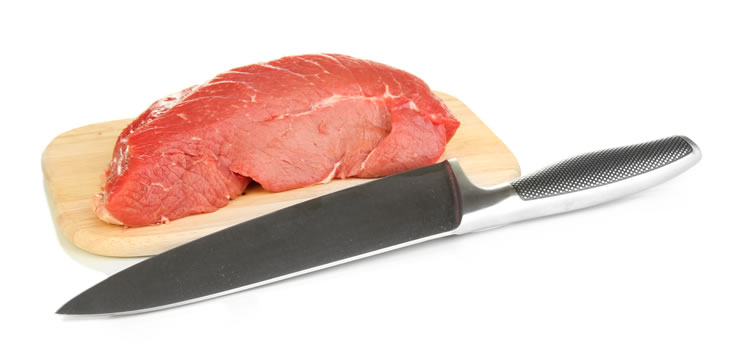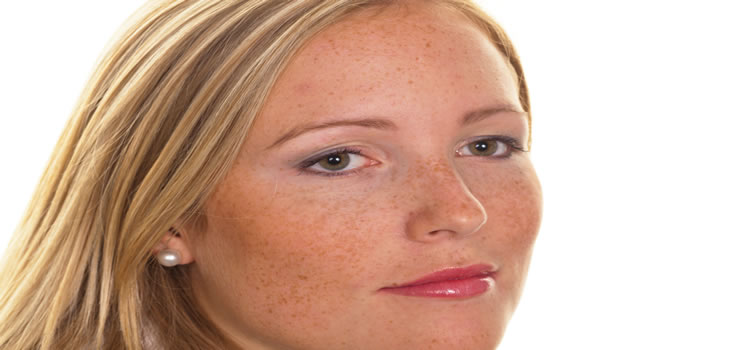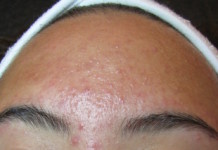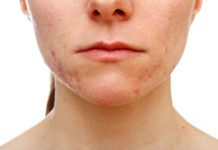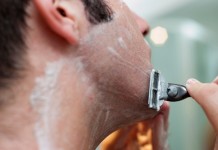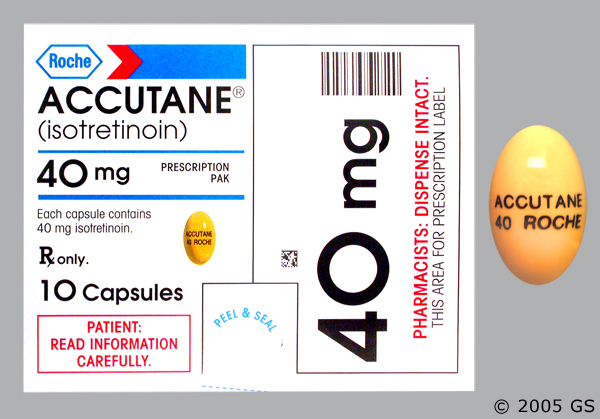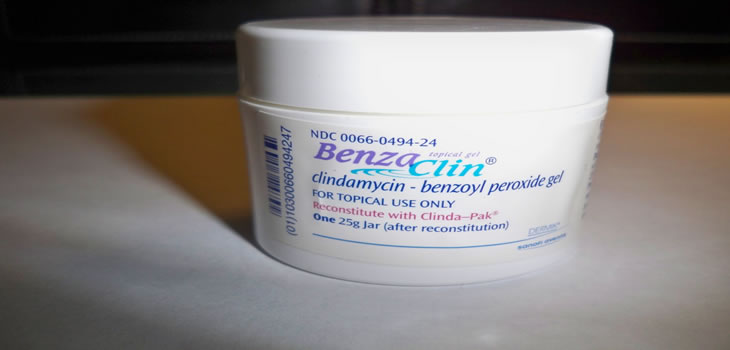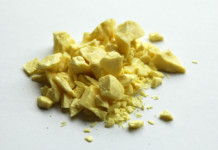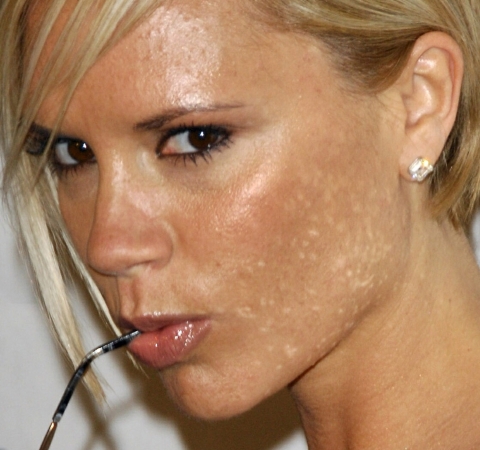 The hideous acne scars may occur even with the most effective and conscientious acne treatment. All acne scars cannot be treated equally as they differ in type. They therefore require to be treated with different acne scars treatment methods. The acne scars generally fall under two main categories:
The hideous acne scars may occur even with the most effective and conscientious acne treatment. All acne scars cannot be treated equally as they differ in type. They therefore require to be treated with different acne scars treatment methods. The acne scars generally fall under two main categories:
- Acne scars caused by a loss of tissue (atrophic), and
- Acne scars caused by an excess of tissue (hypertrophic)
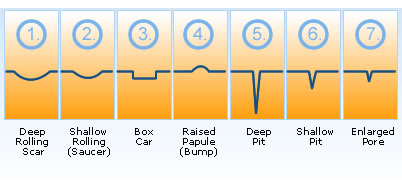 Based on the above two categories, the acne scars are further divided into four different types. They are ice pick, boxcar, rolling scars, and keloid scars.
Based on the above two categories, the acne scars are further divided into four different types. They are ice pick, boxcar, rolling scars, and keloid scars.
Ice pick type acne scars
The ice pick scars are deep and quite narrow scars which extend into the dermis. The affected area of the skin looks like it has been perforated by an ice pick, or a sharp instrument. This type of acne scars creates a small hole in the skin. Some of the ice pick acne scars may at times look like a large and open pore.
The ice pick acne scars usually develop after an infection caused by a cyst or other deep inflamed blemishes. It works its way to deep into the surface. These acne scars are known to destroy the skin tissues and leave a long column-like scar on the affected area. The common acne scars treatment for the ice pick scars include punch excision or punch grafting.
Boxcar type acne scars
The appearance of the Boxcar acne scars is usually round or oval with quite steep vertical sides. The boxer acne scars are wider in size than the ice picks. These acne scars lend a pitted appearance to the affected area.
The boxer acne scars are usually developed when inflammatory acne destroys the collagen. The skin tissue is usually lost. The skin over the affected area is left without any support, and this leads to the creation of a depression in the area. The boxcar scars may be shallow to severe. This depends on the amount of skin tissue lost.
The several types of possible acne scars treatments available for the boxer scars include dermal fillers, punch excision or elevation, and laser resurfacing.
Rolling type acne scars
This type of acne scarring causes rolling or wave-like folds on the otherwise normal looking skin. The rolling scars occur in cases when the fibrous bands of tissue buildup between the skin, and the subcutaneous tissue below. These tissue bands further pull the epidermis, binding it to the skin’s deeper structures. The rolling structures in the skin are mainly caused due to the pulling effect of the epidermis from within. The common treatment for acne scars of this type is the use of subcision.
Hypertrophic or Keloid type acne Scars
The hypertrophic acne scars look like a raised and firm mass of tissue. Such types of acne scars frequently grow larger in size than the original wound. The hypertrophic scars are usually caused by acne which occurs on the torso, particularly in men. The acne scar removal method for this type of acne scar includes the use of tapes, steroid (cortisone) creams, or injections.



